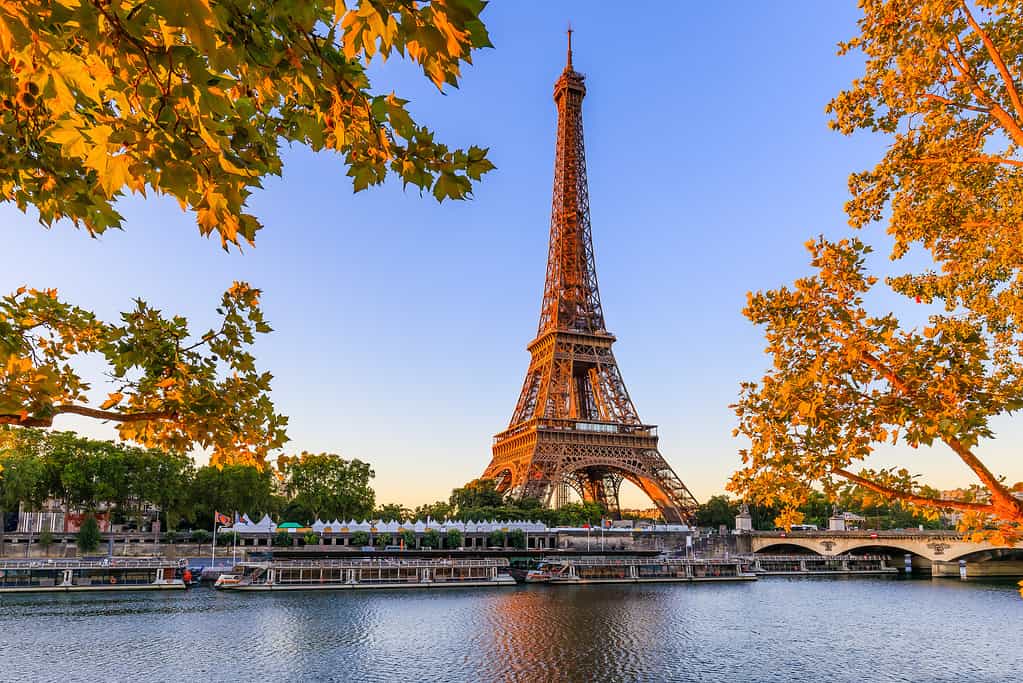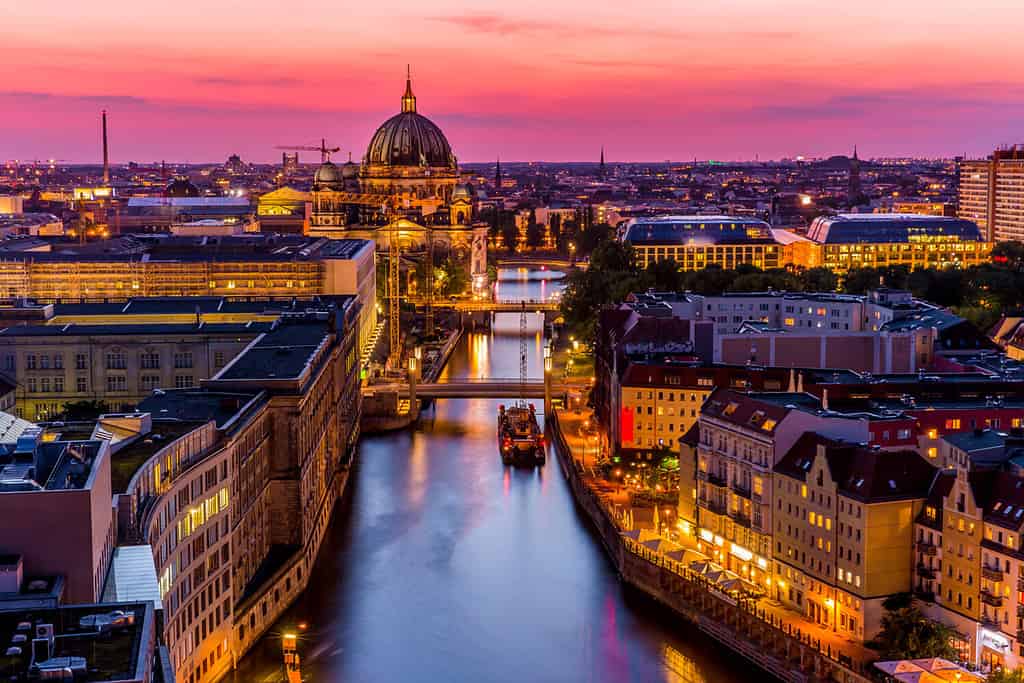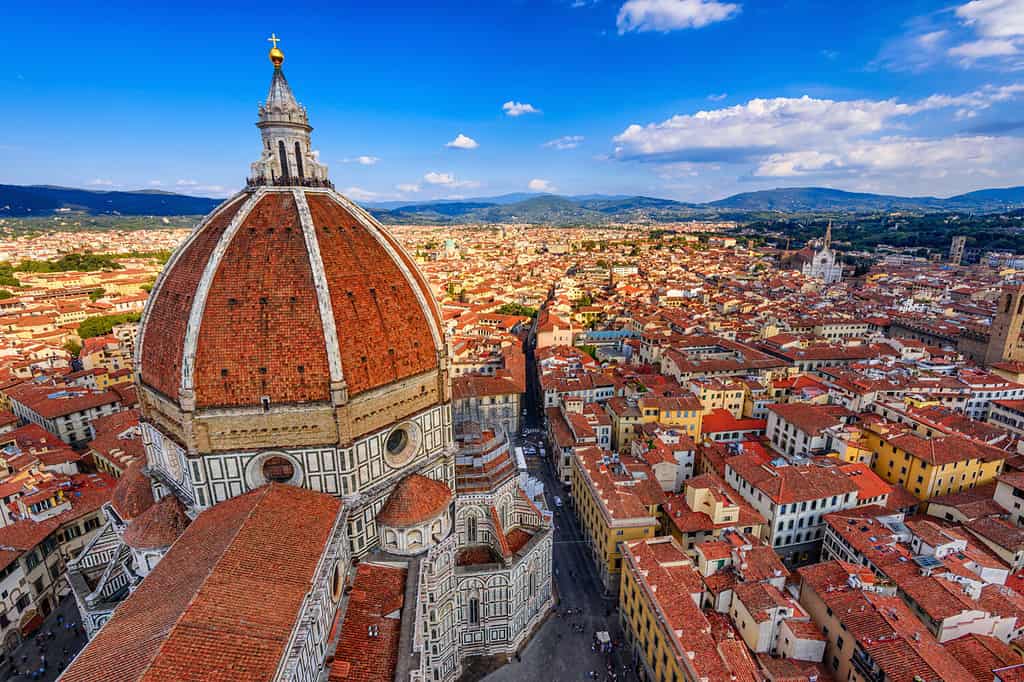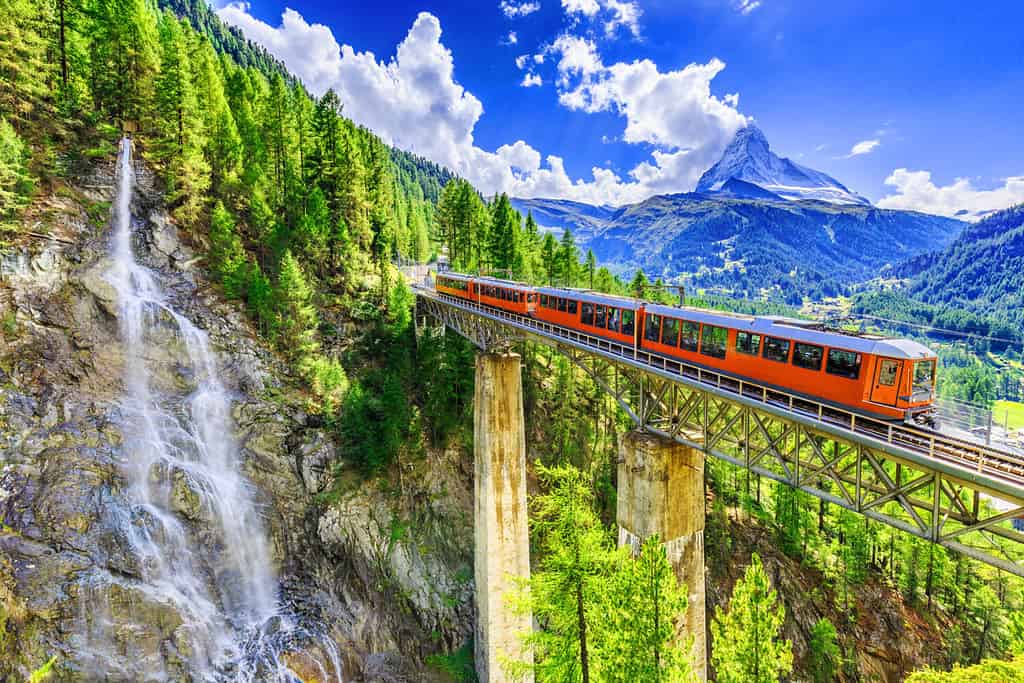Switzerland is a landlocked country located in Central Europe. Historically, Switzerland has been an established country for hundreds of years. It is a mountainous country that has a temperate climate.
The most famous mountain in Switzerland, which interestingly enough became a Disneyland ride, is the Matterhorn. The mountain peak stands at 14,692 feet. The animals that live in the mountains include the ibex, mountain goats, and others.
Switzerland was part of the Holy Roman Empire until 1648 when they claimed independence and established the Swiss Confederation. They have decided on being a neutral nation in any conflict since the 16th century and the last time they fought in a war was in 1815. They encourage peace. Four main languages are spoken in Switzerland, which include German, French, Italian, and Romansh.
Today, Switzerland is a democracy that has enjoyed neutrality for many years. They have a federal council that makes decisions instead of having one sole person in the executive branch. They do not belong to the European Union, however, they are part of the Schengen Area. Let’s explore the five neighboring countries around Switzerland.
Austria

The country of Austria hosted the Winter Olympics twice, in 1964 and again in 1976.
©Nok Lek Travel Lifestyle/Shutterstock.com
Austria borders Switzerland to the east. Also landlocked, Austria is located in Central Europe. Geographically and climatically, Austria is a mountainous country. The Alps cover most of the country. Austria has a temperate to cold continental climate. It is very biodiverse and you can spot many animals while you are there including bears, foxes, falcons, and owls, among other animals.
Throughout history, Austria was always part of another empire or kingdom — whether it was the Holy Roman Empire, the Austrian Empire, or the Austro-Hungarian Kingdom. In 1914, the assassination of Archduke Franz Ferdinand sparked World War I.
The Republic of Austria was created after the war, but that didn’t last long. Adolf Hitler annexed Austria as part of Nazi Germany in 1938. After the Second World War, the Republic of Austria was established once more under the condition they would always remain neutral. Today, Austria enjoys a robust economy and has been part of the European Union since 1995.
France

The French eat about 25,000 tons of snails every year.
©SCStock/iStock via Getty Images
France is arguably one of the most famous countries in the world with many famous landmarks that are visited throughout the world. The northern and western parts of the country have more plain-like terrain, which makes it great for farmland. The south and east are more mountainous.
France has many climates because of the size of the country and its location. The climates range from an oceanic climate to a Mediterranean climate and a more continental climate.
Historically, France has been one of the most influential countries in the world. The Kingdom of France was powerful and made voyages to America to expand its territories. This selfish power also affected the French at home and many protested, leading to the French Revolution. Afterward, Napoleon Bonaparte assumed power and became Emperor, greatly expanding France’s power and land.
The 19th century was a tumultuous time politically, but eventually, France became a republic with a flourishing economy and a cultural renaissance known as the Belle Epoque. France was part of the Allied Powers in both world wars. Today, France is a republic and one of the most influential members of the European Union.
Germany

The Autobahn in Berlin, Germany is regarded as the first highway, constructed between 1913 and 1921.
©Finn stock/Shutterstock.com
Germany borders Switzerland to the north. Germany’s north border is the Baltic Sea and the land next to it is more flat than the southern part of the country, which is more mountainous. Germany has a temperate climate and is home to a very diverse group of animals and plants including beavers, minks, ibex, and boars.
Throughout history, Germany has been one of the most influential countries. It was part of the Holy Roman Empire before splitting up into several German micro-states that made up the German Confederation.
In the 19th century, Germany was finally unified to make the German Empire. After World War I, Germany became a republic until Hitler rose to power. Nazi Germany wanted to expand its territory and conquered most of Europe before and during World War II.
Following the war, the country was split in two: East Germany which belonged to the Soviet Union, and West Germany, a pro-West republic. After the fall of communism, Germany reunited and became the Federal Republic of Germany. Today, it is an influential powerhouse.
Italy

Italy takes the top prize in having the most UNESCO World Heritage Sites with a total of 58.
©Catarina Belova/Shutterstock.com
Located to the south of Switzerland, Italy is one of the biggest countries in Europe with a population of 58.8 million. The country is in the shape of a boot and the Mediterranean Sea surrounds most of it. The Alps are in the north of the Italian border with Switzerland, and the south is more plain and has a mostly dry climate. Some of the wildlife that lives in Italy include the Eurasian lynx, the Marsican brown bear, and the Italian wolf.
Italy is a fairly young nation. Before the Italian unification, Italy was composed of various city-states. In 1922, Benito Mussolini rose to power and turned the country into a fascist dictatorship. This lasted until the end of World War II in 1945 when Italy, which was a part of the Axis powers, was defeated by the Allied Powers. Today, Italy is a republic and an economic powerhouse in Europe.
Liechtenstein

Liechtenstein is doubly landlocked between Austria and Switzerland, making it one of two doubly landlocked countries in the world. The other country is Uzbekistan.
©RossHelen/Shutterstock.com
Liechtenstein is a tiny landlocked country, which is also the sixth smallest country in the world. The country borders Switzerland to the east and is nestled between Switzerland and Austria. It has a population of 38,000 and its capital is Vaduz.
Liechtenstein is a mountainous country, perfect for skiing during winter. The Rhine River passes by its western border with Switzerland. Liechtenstein, which has a continental climate, is home to various animals including hares, pheasants, foxes, and red deer.
Liechtenstein formed part of the Holy Roman Empire for about a hundred years before becoming part of the German Confederation. In 1866, however, it gained its independence and has been ever since. Liechtenstein is a principality and uses the Swiss Franc, like Switzerland. It is also a part of the European Economic Area and Schengen Area, even though it is not a part of the European Union.
Switzerland Fast Facts

Switzerland has 7000 lakes in the country and also one of the lowest crime rates in Europe.
©SCStock/Shutterstock.com
- Capital: None (Bern serves as the de facto capital)
- Largest City: Zurich
- Population: 8.9 million
- Currency: Swiss Franc
- Official Language: German, Italian, French, Romansh
- Current President: Alain Berset (along with the Federal Council)
- Federal Chancellor: Walter Thurnherr
Conclusion
The countries that border Switzerland include Austria, France, Germany, Italy, and Liechtenstein. Switzerland is an interesting country and one of the few in Europe that has been an independent nation for hundreds of years. Neutrality is an important stance with Switzerland and is why the country was never invaded during both world wars.
Switzerland is also one of the wealthiest countries in the world. They rank in the top five in the best economies, in human development, GDP, and quality of life. Life in Switzerland seems perfect, but like in every country, there are still problems the country needs to tackle. The cost of living is too high, which can affect human development as a whole. But at the end of the day, the Swiss have figured out how to enjoy a good work-life balance.
The photo featured at the top of this post is © ansharphoto/Shutterstock.com
Thank you for reading! Have some feedback for us? Contact the AZ Animals editorial team.






